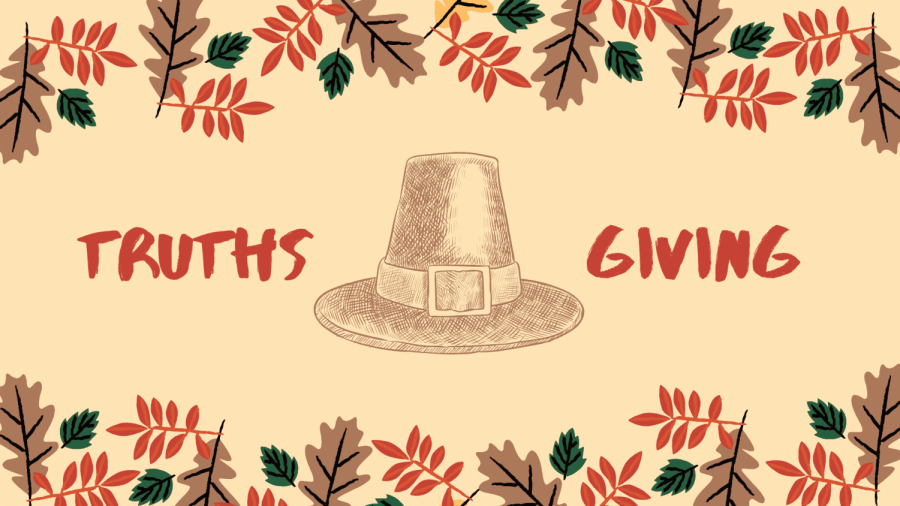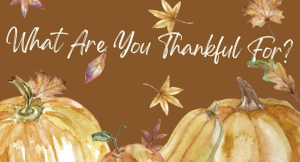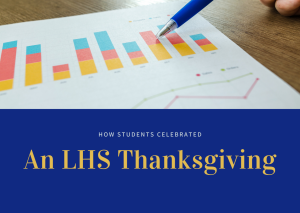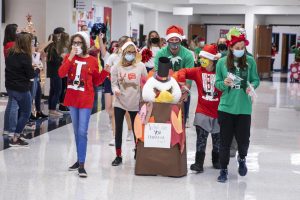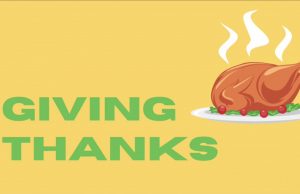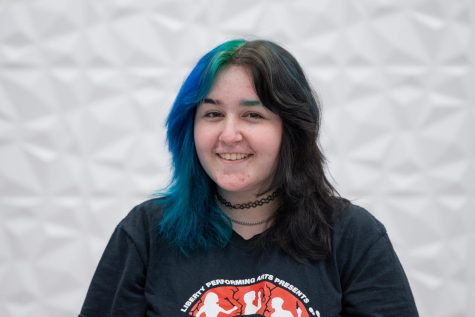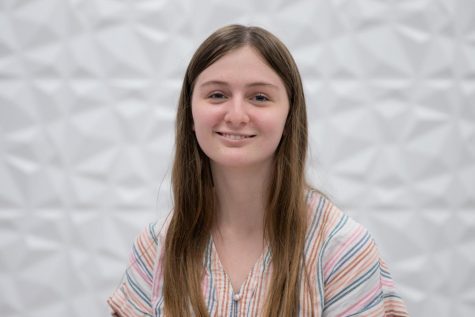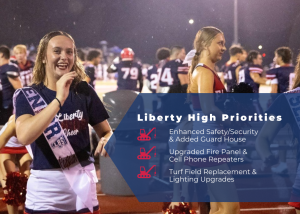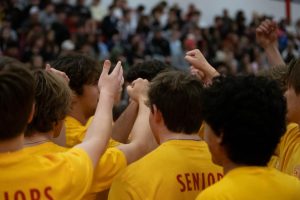Truthsgiving
The Driest Turkey Truth
The first Thanksgiving was a tension-filled silent battle.
December 2, 2021
Multicolored leaves are falling, the table is set, and the kitchen is a mess. Family members file in and out of the limited kitchen space as you wait for your turkey dinner to be completed. While Thanksgiving may be filled with memories and good food for most people, for others it can be a turkey-fueled nightmare.
Not only does Thanksgiving have a terrible history, it has also been twisted to fit a certain storyline. Most grow up with an image of Indigenous people and pilgrims sharing a nice dinner. But in reality, the first Thanksgiving was a tension-filled silent battle.
Americans imagine the first Thanksgiving as a large table surrounded by Indigenous people and Pilgrims, eating turkey and mashed potatoes. But on the first Thanksgiving, the Pilgrims actually ate alone as the Indigenous people watched from afar. Not only did they not eat the meal together, but they also didn’t even eat turkey. Foods they ate at the first Thanksgiving included wildfowl (most likely duck or geese, potentially carrier pigeons or swans), seafood, and produce.
The only information we have on when the first Thanksgiving occurred is that it took place over three days sometime between mid-September and early November in 1621. The only actual account on what happened that Thanksgiving is a passage written by pilgrim Edward Winslow on Dec. 11, 1621.
It states the following: “Our harvest being gotten in, our governor sent four men on fowling, that so we might after a special manner rejoice together after we had gathered the fruit of our labors. They four in one day killed as much fowl as, with a little help beside, served the company almost a week. At which time, among other recreations, we exercised our arms, many of the Indians coming amongst us, and among the rest their greatest king Massasoit, with some ninety men, whom for three days were entertained and feasted, and they went out and killed five deer, which they brought to the plantation and bestowed upon our governor, and upon the captain, and others. And although it be not always so plentiful as it was at this time with us, yet by the goodness of God, we are so far from want that we often wish you partakers of our plenty.”
These details are the only evidence we have to assume what happened that day. So from this information we know, the pilgrims were exercising their right to shoot arms. This led to the Indigenous coming to see what was happening, and they camped out to watch the Europeans over a span of a few days.
The main issue with Winslow’s writing is the time period in which it resurfaced. His pamphlet was originally published in 1621 in England and was somewhat forgotten about, but then was rediscovered in America in the 1820s. But at the time this was rediscovered, Europeans were not at all pleased by the Indigenous people. Throughout the 17th century, the tension between the Europeans and Indigenous grew steadily. There were alliances formed during the French and Indian War. The alliances formed between Europeans and Indigenous people made it difficult for the Indigenous tribes to stick together and take down the Europeans.
Between actual massacres, looting, and the introduction of new diseases to the Indigenous population, there was mass genocide during this time period. Thanksgiving was established as a way to repaint the bloody history of Europeans and Indigenous people into one of harmony.
The first Thanksgiving is a story depicted by turkey and friendship, when in reality it is a landmark of an era of abuse towards the Indigenous populations in America.


